Whales, whales and more whales!
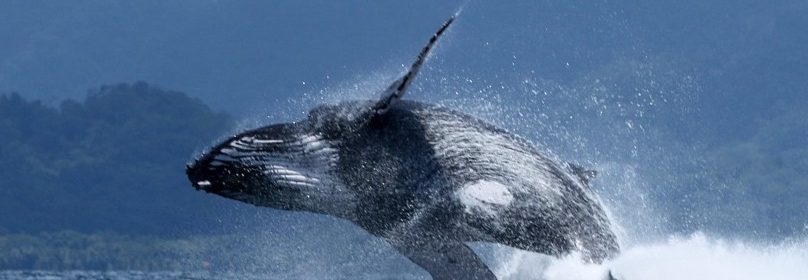




However lately the stray cats are so many and reproducing faster than we can find new homes.
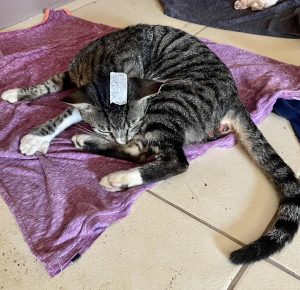
It was a great success as we castrated 23 cats in just one day. A big thank you to everyone that donated money or bought lottery tickets to raise the funds to make it possible.
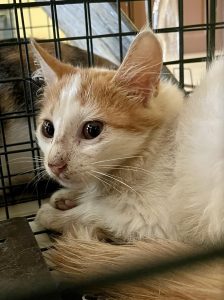
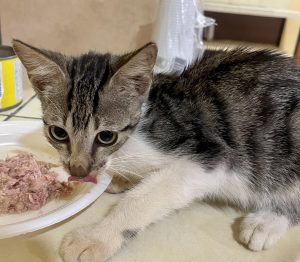
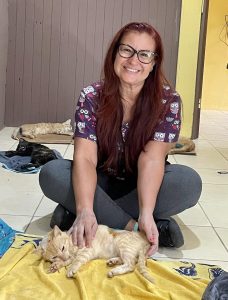
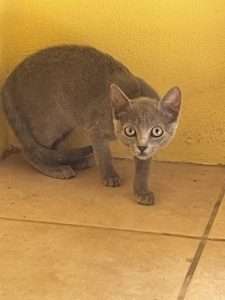
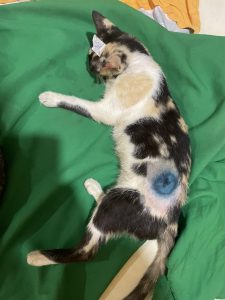
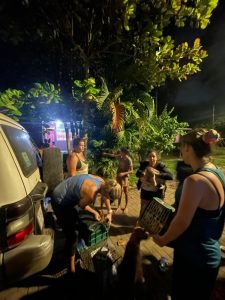
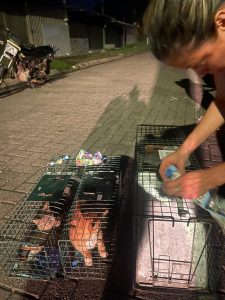
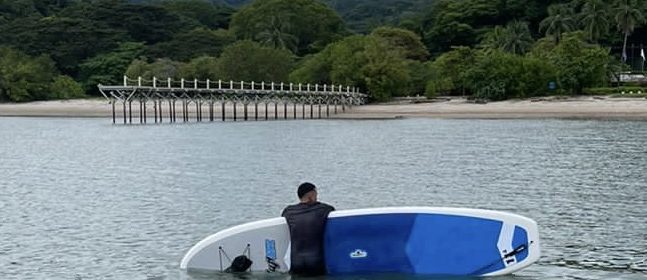
The year round warm temperature and calm gulf water makes it even more enjoyable here.
Still accidents can happen in any activity – SUP included – so safety is important.
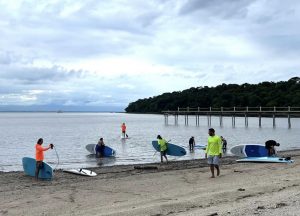
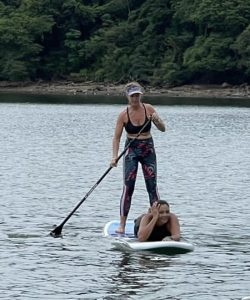
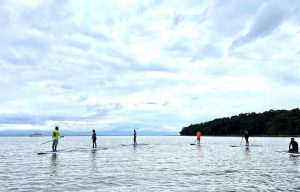
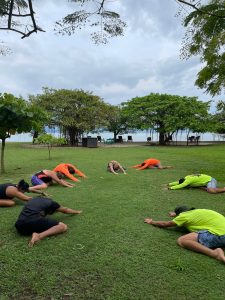
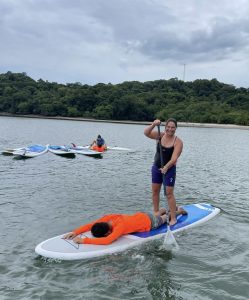
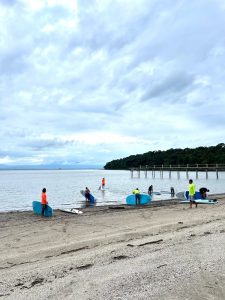
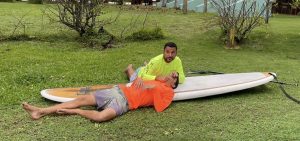
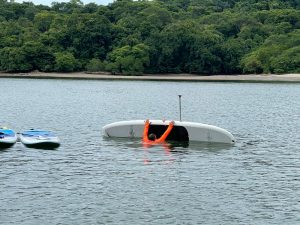
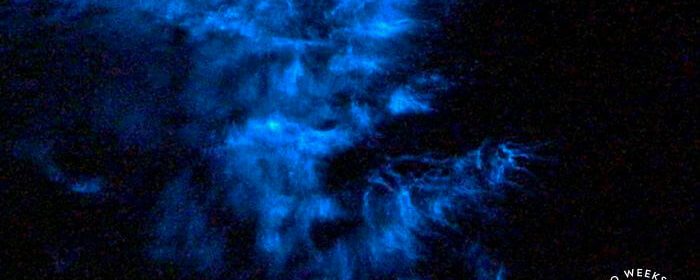
Matt and Jenn, is a couple who left Boston to pursue a dream of traveling, living, and starting a family in Costa Rica. They visited us and wrote a great article about their experience on our bioluminescent kayak tour. They even managed to take some pictures with their cell phone – rad how they did it in their article.
https://www.twoweeksincostarica.com/bioluminescent-kayak-tour/
 We are proud to anounce that we are supporting a great reforestation project here on the Nicoya Peninsula: The Green Imprint Project.
We are proud to anounce that we are supporting a great reforestation project here on the Nicoya Peninsula: The Green Imprint Project.